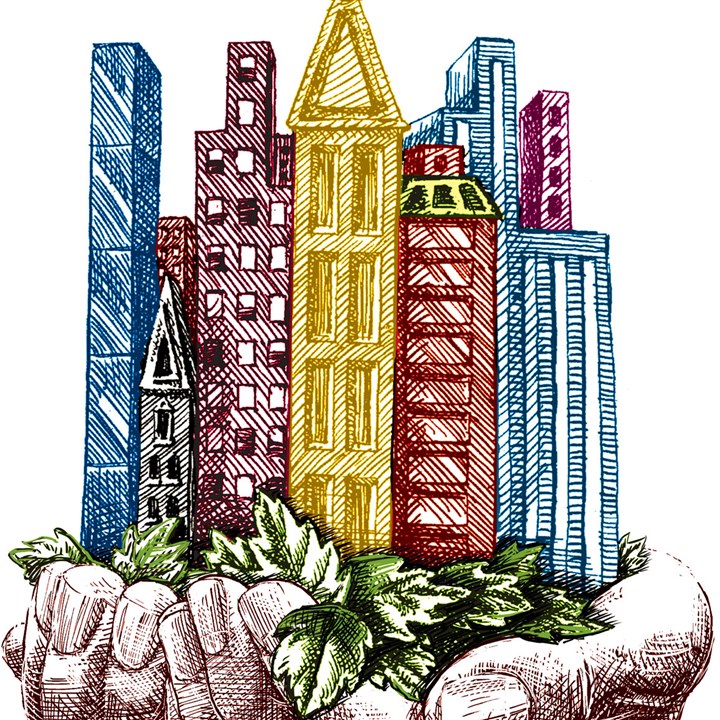
The article “Color Walking” by Phia Bennin and Brendan McMullan is an article that tells a little bit about where colors can take you. They begin by explaining where the idea of color walking originated. A long time ago, a man named William Burroughs came up with the idea of a color walk. He thought of color walks because he wanted a way to inspire his students. A color walk is basically exactly what it sounds like. A color walk is simply choosing a color and going on a walk that is influenced by that color. The places the walk will take a person is based off of the the things of that color that catch the person’s eye. The idea is to have a color picked out that you like or catches your attention and as soon as you step outside, you let that color guide your way.
In this instance, Phia Bennin and Brendan McMullan decided to do a color walk for themselves. Bennin and McMullan decided to do the color walk differently though, by not having to stick to only one color like the original color walks did. They began their walk on a Sunday afternoon at the WNYC radio station which is in the lower end of Manhattan, New York. Their color walk was only about fifteen minutes long, but they saw a lot in those fifteen minutes. Bennin and McMullan started off their color walk by following the color blue, until they went to the color purple, and then they ended their color walk with the color pink. Many things caught their attention during their short walk through lower Manhattan. The first item that caught their eye was a woman’s blue scarf, then they went on and were taken by a girl’s chipped blue nails. Next they followed the blues to the basketball court, and after that their eyes began to follow the color purple. They then spotted a gay couple, one wearing purple leopard print leggings and his partner, who was the end to their walk, was wearing the color pink.
After Phia Bennin and Brendan McMullan’s color walk, the colors that they had seen remained fresh and vibrant in their memory. After experiencing the color walk, Bennin and McMullan walked away taking notice of the colors that they see more than ever before. They realized how full of color the world truly is.
At the end of their article, Phia Bennin and Brendan McMullan give advice to readers who might want to take part in experiencing a color walk. They suggest to take an hour out of the day to focus solely on what can be seen. Another suggestion of Bennin and McMullan’s is to follow a color that is not just a color, but is excited and makes the heart race. The last piece of advice they have to offer is about getting lost. They say to just pick a different color if lost and that it is going really good if very lost.








